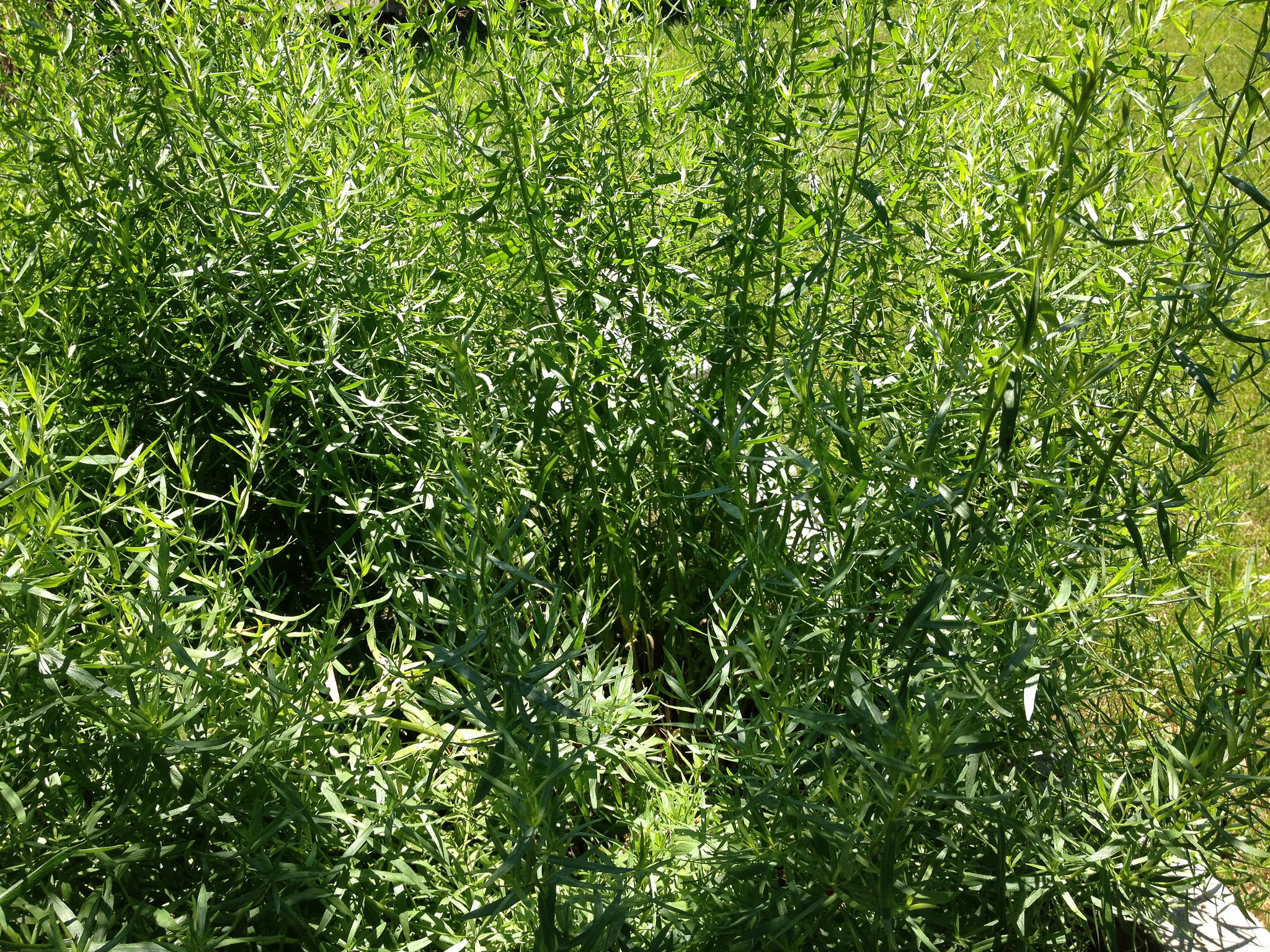Tarragon
The Awl’s holiday series on flavors and spices.

Image: Blaine Horrocks via Flickr
My mother and grandmother weren’t the types to use “recipes” very often, and, once they were both dead, and I was visiting my aunt, I was surprised when she pulled out a giant box of cards, notebooks, and loose sheets of lined paper covered in both of their distinctive scrawls.
This wasn’t my mother’s mother, but her mother-in-law. My own mother’s mom wasn’t really a cook, but my mother found a food buddy in my grandma Elly. They cooked the same way: by gut, never fussy, always talking the whole time. They could put together meals while doing other things, while managing children or talking on the phone.
At the time I took this box full of never-organized scraps home with me, I’d been cooking in earnest for maybe a decade. But I hadn’t inherited these women’s casual, throw-whatever-together-it-will-definitely-work approach. In order to do that, to become that type of cook, I assume, you have to spend a lot of time in the kitchen actually doing the method, watching another do it. But I’d been away from my mother since I was a teenager, and so, I learned to cook the only way I knew how: from a book.
I painstakingly followed recipes, first learning how to roast a chicken, how to make a decent lasagne, then a ham. I learned how to make my own tomato sauce, and every time, I followed the steps, in order. I worked my way through learning how to properly slice an onion, how to de-seed tomatoes, and how to, eventually, beat eggs until there were “soft, glossy, peaks.” I failed in these ventures many times, flat cakes that never rose, pie crusts that were soggy and cracked. Through trial and error, mostly error, I learned from the women of cookbooks: Betty Crocker, Fanny Farmer, Julia Child.
Even now, decades later, I almost invariably follow recipes to the letter, ensuring, these days, that there are minimal fuck ups. I cooked my way, over the course of three years, the entirety of Yotam Ottolenghi’s Plenty. There are always hits and misses, but most of the time, if you do exactly—I mean *exactly*—what a good recipe tells you to do, you learn a new skill.
Now that I have been a vegetarian for more than a decade, my ability to experiment with an herb like tarragon is somewhat limited. It is incessantly recommended for chicken. It is, with its distinctive anise flavor, a somewhat limited herb. I forget that it exists for months at a time, favoring cilantro, parsley, and rosemary. It took me years to realize that fresh herbs aren’t *always* best, that some recipes work better with garlic powder than they do with garlic. I learned all of this, mostly, on my own.
I remember my childhood baking with my mother, her glancing at her mottled, ancient cookbook, bloated with notes and bookmarks, but I don’t remember her “following recipes.”
Even now, when I refer to my mother and grandmother’s notebooks (which I transcribed into their own, new, clean, notebooks, word for word, over the course of several months after bringing them home), I often find only questions: how much molasses belongs in gingerbread? The recipe, if we can call it that, doesn’t say. The recipes are filled with mystery, scrawled quickly as if only to remind, not to educate. Notes for themselves, not for me.
In that box were two pages, one in my mother’s hand, one in my grandmother’s. They must have shared, though whose recipe this was to start I don’t know. It is, simply, for “carrots.”
![]()
Carrots
Carrots, chopped
Butter
Tarragon
Honey
And the one instruction: boil.
This is the best Thanksgiving recipe (besides my mother’s spinach balls) that I have to offer. What you make of it is up to you.
